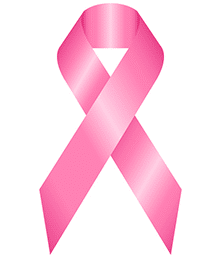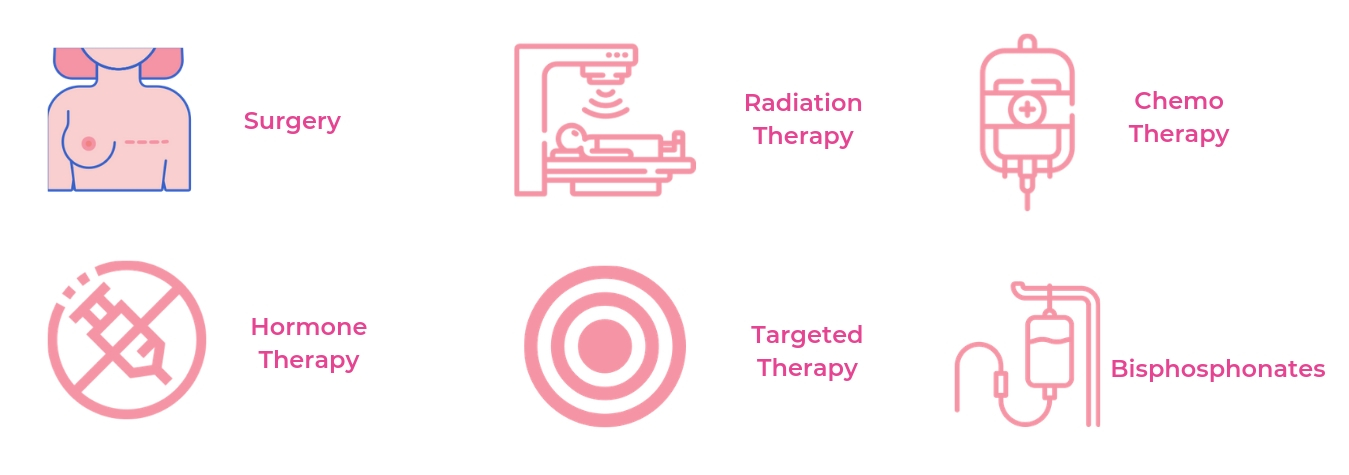Diagnoses & Treatment

Timely and accurate breast cancer detection is critical for
successful treatment and survival. Mammography remains the gold
standard, though it can miss cases, especially in women with dense
breast tissue. To improve early detection, additional technologies such
as 3D mammography, ultrasound, and MRI are increasingly used.
Treatment depends on cancer stage, tumor size, type,
hormone receptor status, and HER2 status. Standard treatments include
surgery, chemotherapy, radiation, and hormone therapy. Advances in
targeted therapy, such as trastuzumab for HER2-positive cancers, and
precision medicine have improved outcomes while reducing side effects.
Immunotherapy shows promise, particularly for triple-negative breast
cancer, though cost and availability remain challenges.

In some cases, national treatment guidelines lag behind current research, potentially leading to inappropriate treatment—especially in low-resource areas. Policymakers should prioritize improving diagnostic accuracy, expanding access to modern therapies, investing in medical technology, and creating culturally sensitive treatment programs to ensure equitable care for all patients.
| Topic | Breast Cancer Detection and Treatment |
| Detection | Early detection is vital. Mammography is standard but can miss some cases; newer tools like 3D mammography, ultrasound, and MRI improve accuracy. |
| Treatment | Depends on cancer type and stage. Common options include surgery, chemotherapy, radiation, hormone therapy, and targeted drugs. |
| Challenges | Some cancers, like triple-negative, are harder to treat. Advanced treatments can be expensive and less available in some areas. |
| Gaps | Guidelines may not always reflect the latest research, affecting patient care. |
| Recommendations | Improve detection, expand treatment access, and update guidelines regularly. |